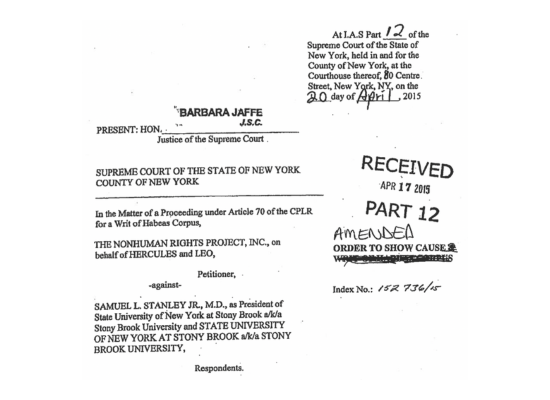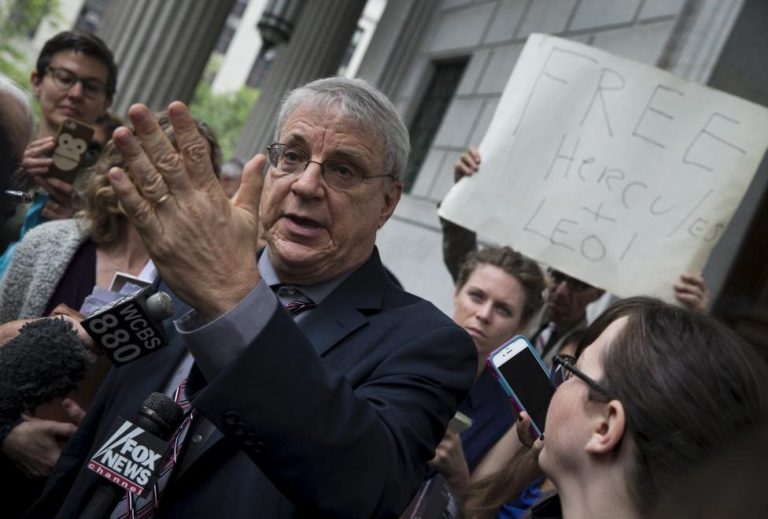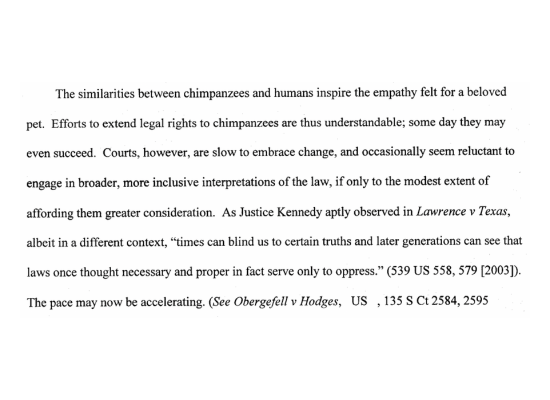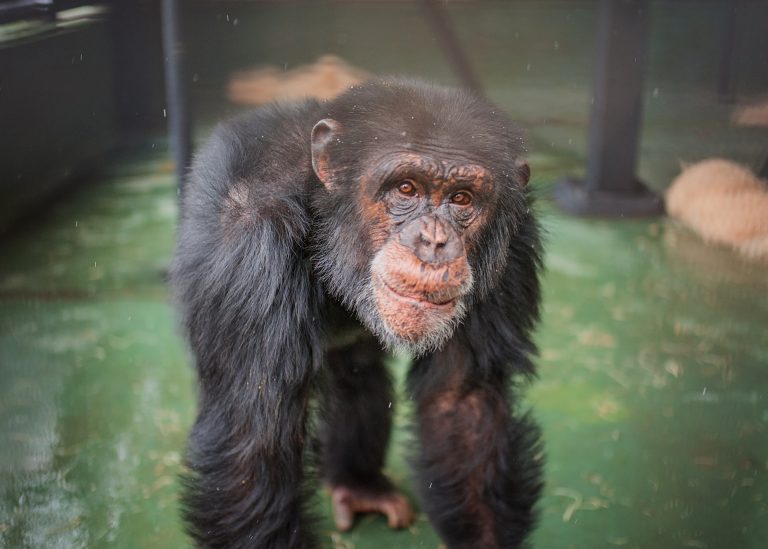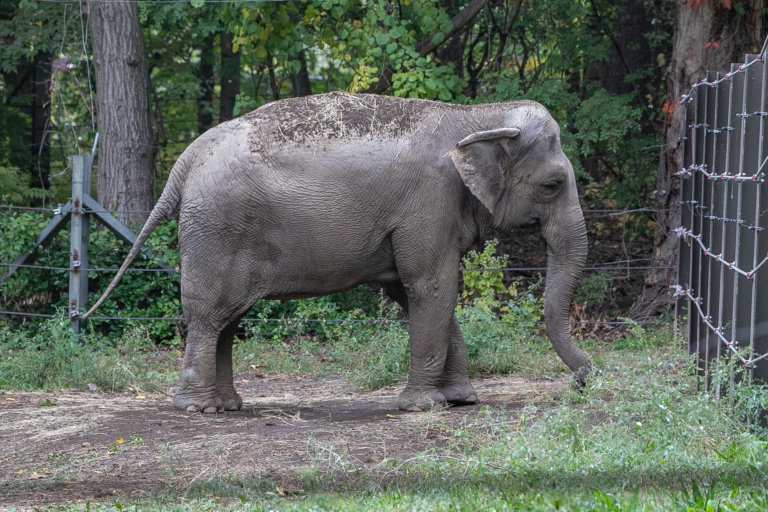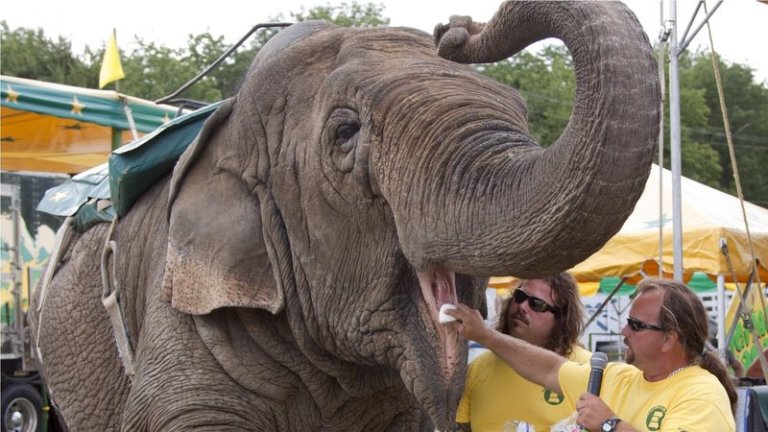Hercules and Leo's story
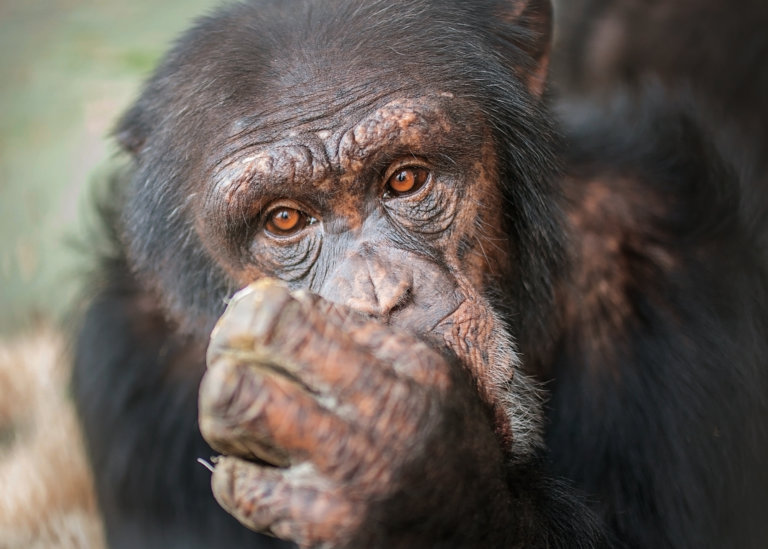

Hercules and Leo
Hercules and Leo are two male chimpanzees who were held in captivity at the New Iberia Research Center (NIRC) at the University of Louisiana, Lafayette. In 2009, when Hercules and Leo were each only a year old, NIRC “leased” them to Stony Brook University’s Department of Anatomical Sciences.
At this age, had Hercules and Leo lived in the wild, they would have still been in close contact with their families, freely exploring their environment and constantly playing with and learning from other chimpanzees. Instead, for the next six years, they interacted only with researchers and an animal handler in a basement lab, where they were forced to undergo frequent administrations of general anesthesia and had fine-wire electrodes inserted into their muscles as part of research into how humans evolved to walk upright on two legs:
In 2015, Stony Brook announced it would no longer use Hercules and Leo in research—two months after Justice Barbara Jaffe ordered the state university’s legal representative (the New York Attorney General’s office) to appear in court to justify their detainment. Five months later, NIRC took Hercules and Leo back to its facility in Louisiana, where they remained in captivity for two and a half years before NIRC transferred them to Project Chimps sanctuary.
Elizabeth Stein
Hercules and Leo’s New York counsel
Now the NhRP’s Litigation Director, Elizabeth has been with the NhRP since our early days. As Hercules and Leo’s New York counsel, she was alongside the NhRP’s founder and president Steven M. Wise for Hercules and Leo’s historic habeas hearing as seen in the documentary Unlocking the Cage.
Donate to support the fight
Donate online
Mail a check
Planned giving
Create a fundraiser
Highlights from the fight
Media coverage
A timeline of Hercules and Leo’s case
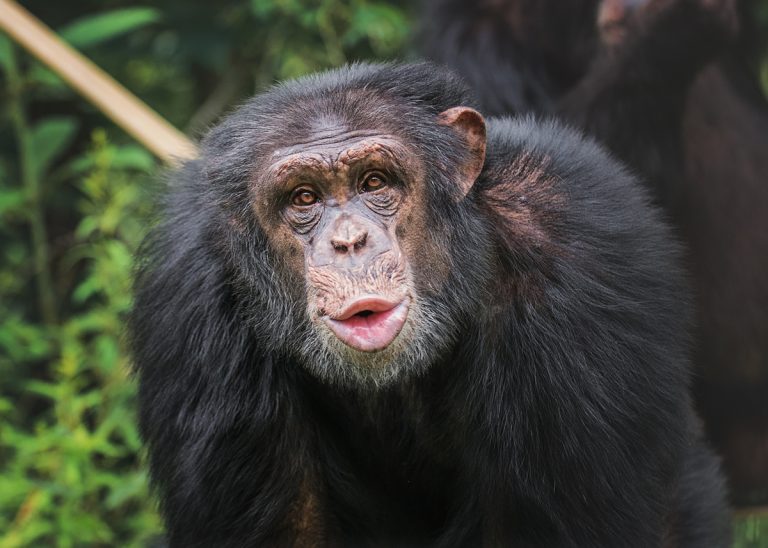
3.21.18
Science announces Hercules and Leo’s transfer to Project Chimps sanctuary. “I’m very happy to see them leaving a research facility,” says NhRP President Steven M. Wise. ” I wish every primate could.”
12.??.15
NIRC removes Hercules and Leo from Stony Brook and transports them back to its research facility in Louisiana. For the next two and a half years, the NhRP advocates in the public sphere and in behind-the-scenes talks for them to be transferred to Save the Chimps, which repeatedly offers to take them immediately and at no cost to any third party.
8.20.15
The NhRP files a Notice of Appeal with the First Judicial Department.
11.24.15
After negotiations with NIRC break down, the NhRP begins a public advocacy campaign to free Hercules and Leo to Save the Chimps, including an open letter from NhRP President Steven M. Wise and a video message from Jane Goodall.
7.30.15
Following the highly publicized hearing, Stony Brook announces it will no longer use Hercules and Leo in research, which we commend. The NhRP immediately initiates negotiations to retire them to Save The Chimps sanctuary, which offers to care for Hercules and Leo for the rest of their lives at no cost to the New Iberia Research Center (Hercules and Leo’s “owner”) or any third party. Negotiations seem promising—until NIRC begins to make increasingly onerous legal demands on Save the Chimps, “including non-disclosure and confidentiality agreements” that the sanctuary considers ‘unreasonable and unacceptable,’” as STC Executive Director Molly Polidoroff later tells the Times-Picayune.
7.30.15
Justice Jaffe rules that, despite the merits of the NhRP’s case, she is bound to follow the previous determination of the New York State Supreme Court, Appellate Division, Third Judicial Department in Tommy’s case and must deny NhRP’s habeas petition. Nonetheless, she concludes:
“Efforts to extend legal rights to chimpanzees are … understandable; some day they may even succeed. Courts, however, are slow to embrace change, and occasionally seem reluctant to engage in broader, more inclusive interpretations of the law … As Justice Kennedy observed in Lawrence v Texas, ‘times can blind us to certain truths and later generations can see that laws once thought necessary and proper in fact serve only to oppress.’ For now, however, given the precedent to which I am bound, it is hereby ordered that the petition for a writ of habeas corpus is denied.”
In a major procedural victory for the NhRP, Justice Jaffe also determines that a human or corporation, i.e. the NhRP has standing to bring a lawsuit directly on behalf of a nonhuman animal without having to allege any injury to human interests. A lack of standing is the most common reason federal courts dismiss animal welfare cases. She also finds that the so-called “floodgate” or “slippery slope” argument (the idea that recognizing the legal rights of individual chimpanzees will open the door to rights for all animals) “is not a cogent reason for denying relief” and affirms that who is a “person” is not a question of biology, but of public policy and principle.
5.27.15
Before a packed courtroom, with a line of people spilling out the door, Justice Jaffe engages NhRP President Steven M. Wise and New York Assistant Attorney General Christopher Coulston in vigorous debate on the substantive issues of the case—arguments that have never before been heard in court. She asks, “Isn’t it incumbent on the judiciary to at least consider whether a class of beings might be granted a right or something short of the right under the habeas corpus law?” The hearing itself, which last two hours, is a victory for the nonhuman rights movement, NhRP President Steven M. Wise tells reporters gathered outside the courtroom: “Many human beings have these kinds of hearings. Chimpanzees are now being treated like all the other autonomous beings of this world.” Read and download the hearing transcript here.
5.22.15
The New York Attorney General’s office files two documents: a response to our habeas petition along with a motion to move the case from New York County to Suffolk County and an affidavit from the head of Stony Brook’s animal care committee. In response, the NhRP files a reply memorandum of law in support of our habeas petition, an affirmation in opposition to the motion to move the trial, and a motion to strike certain portions of the affidavit.
4.21.15
Justice Jaffe amends her order, striking out “writ of habeas corpus” and leaving the order to show cause.
4.20.15
Justice Barbara Jaffe issues Hercules and Leo a writ of habeas corpus—which we and the media interpret as a tacit recognition of their personhood—and an “order to show cause.” Jaffe’s order to show cause requires the New York Attorney General’s office to appear in court on behalf of Stony Brook (a state university) to defend their right to detain Hercules and Leo. This is the first time in history a court has granted a hearing to determine the lawfulness of a nonhuman animal’s detainment.
3.19.15
The NhRP re-files Hercules’ and Leo’s case in New York County Supreme Court, New York County, capitalizing on the fact that New York law allows habeas corpus cases to be filed multiple times—one of the reasons we initially filed suit in New York.
4.3.14
The Second Judicial Department dismisses our appeal in response to a standard motion to admit attorney NhRP President Steven M. Wise pro hac vice “on the ground that no appeal lies as of right from an order that is not the result of a motion made on notice.” We immediately file a motion asking the court to reinstate our appeal, as New York’s habeas corpus statute expressly grants us the right to appeal and the appellate court apparently relied on the wrong statute.
1.10.14
The NhRP files a Notice of Appeal with the New York State Supreme Court, Appellate Division, Second Judicial Department.
12.5.13
The NhRP files a petition for a common law writ of habeas corpus lawsuit in New York State Supreme Court, Suffolk County to demand recognition of Hercules’ and Leo’s legal personhood and right to bodily liberty and their immediate transfer to an appropriate sanctuary. Justice W. Gerard Asher gives a brief written decision, without holding a hearing, denying the NhRP’s habeas petition. Read and download our Memorandum of Law; Exhibit A – Trust; and affidavits submitted by Steven M. Wise, Sarah Baeckler Davis (+ Exhibit A), James R. Anderson, Christophe Boesch, Jennifer M.B. Fugate, Mary Lee Jensvold, James King, Tetsuro Matsuzawa, William C. McGrew, Mathias Osvath, and Emily Sue Savage-Rumbaugh.
